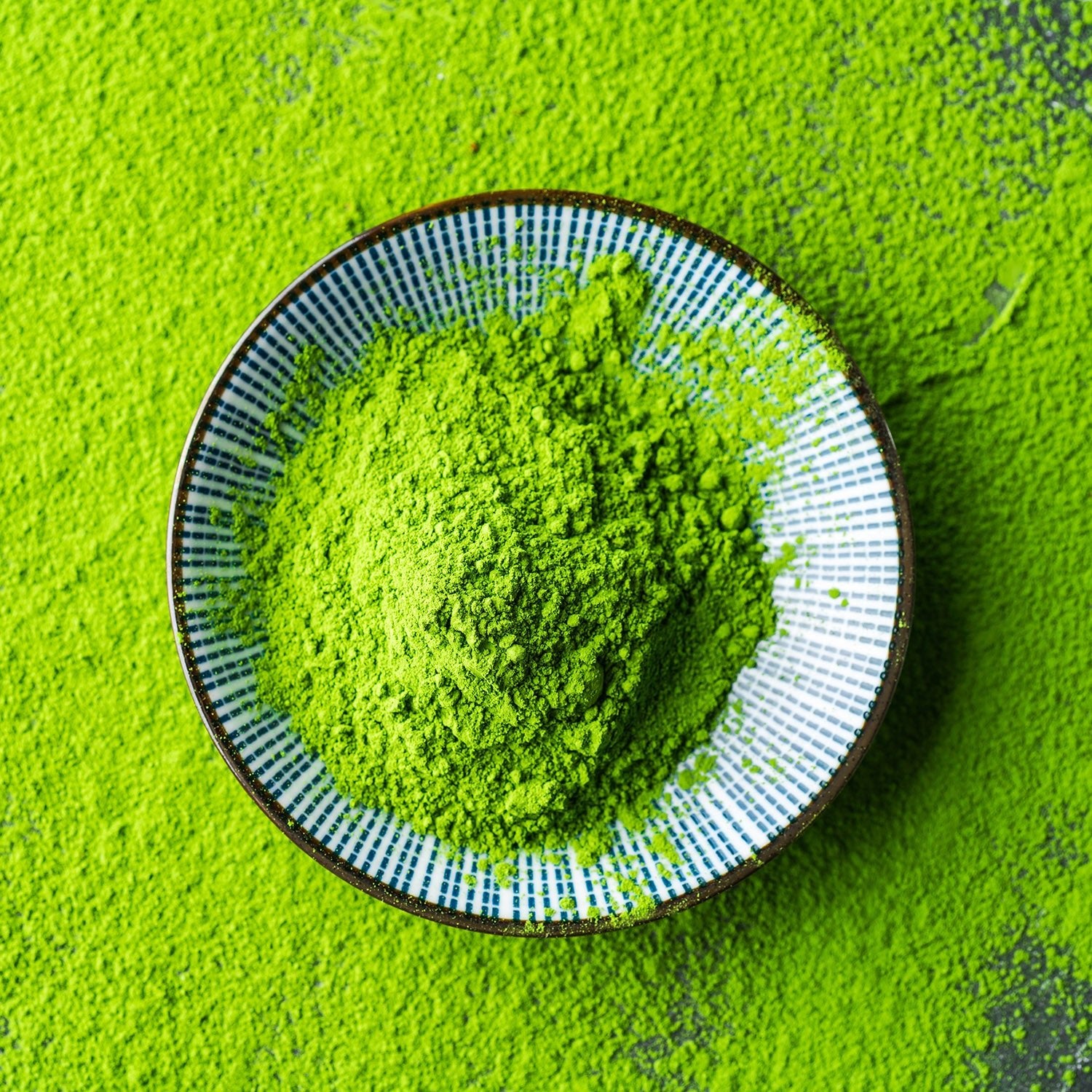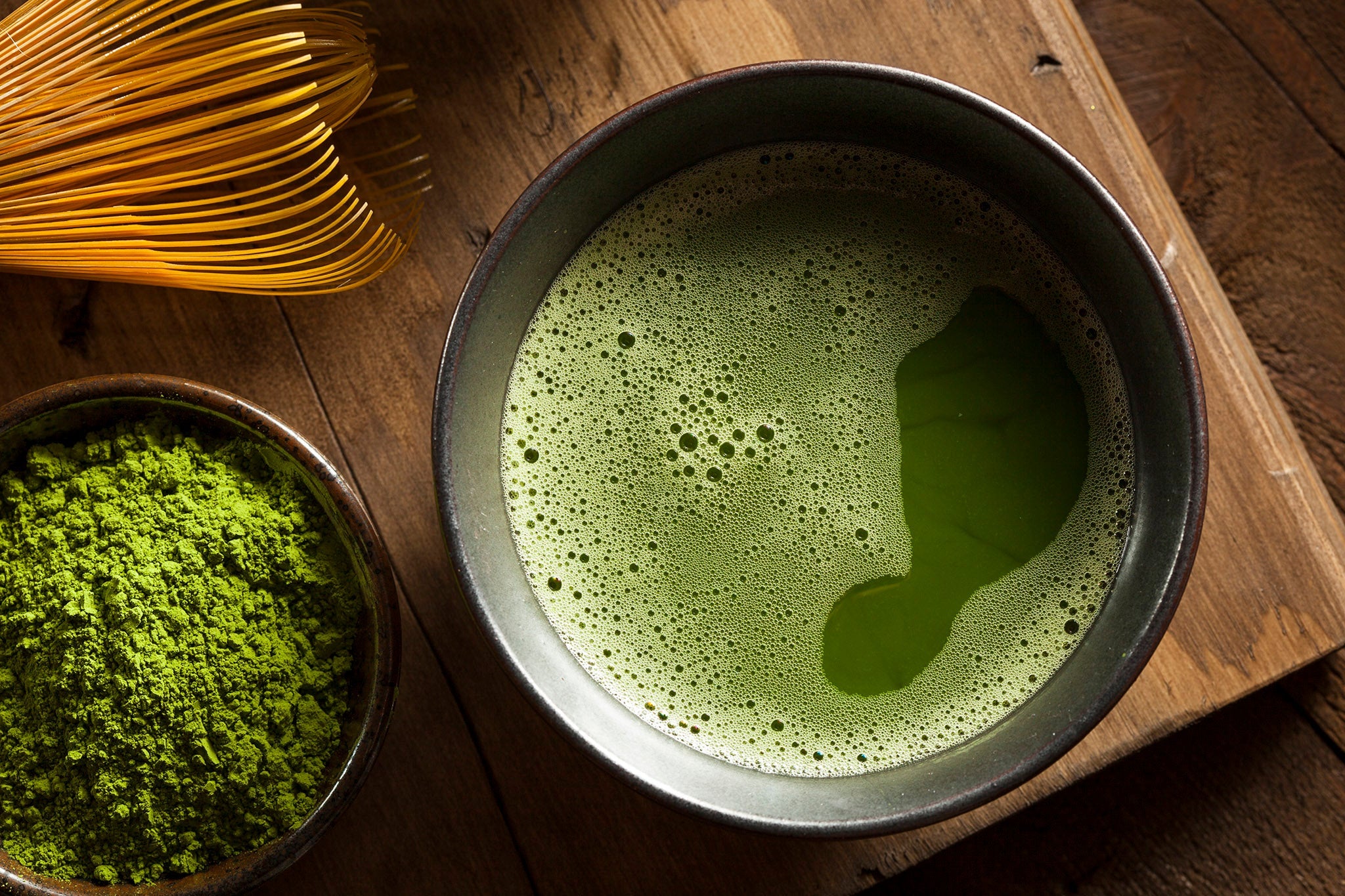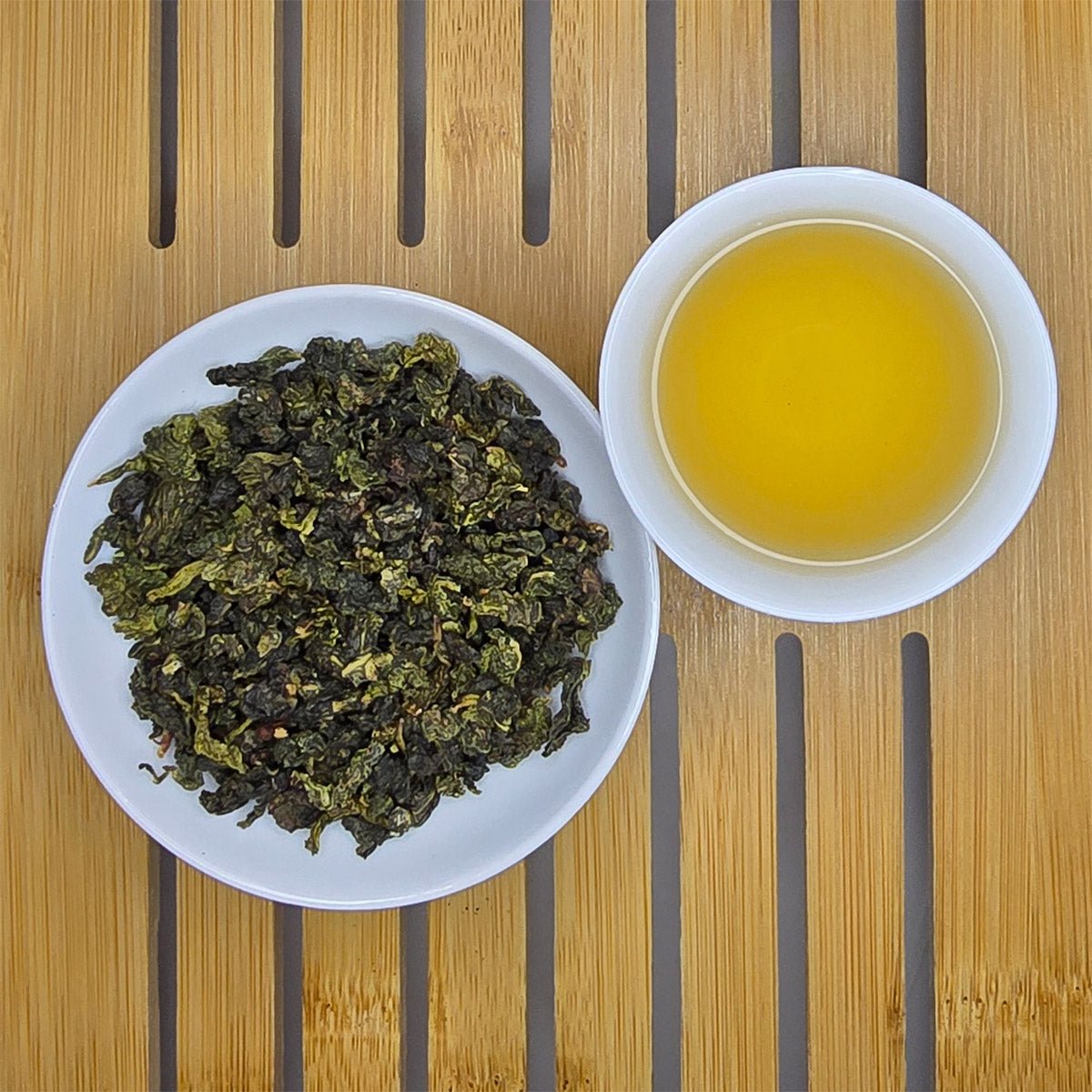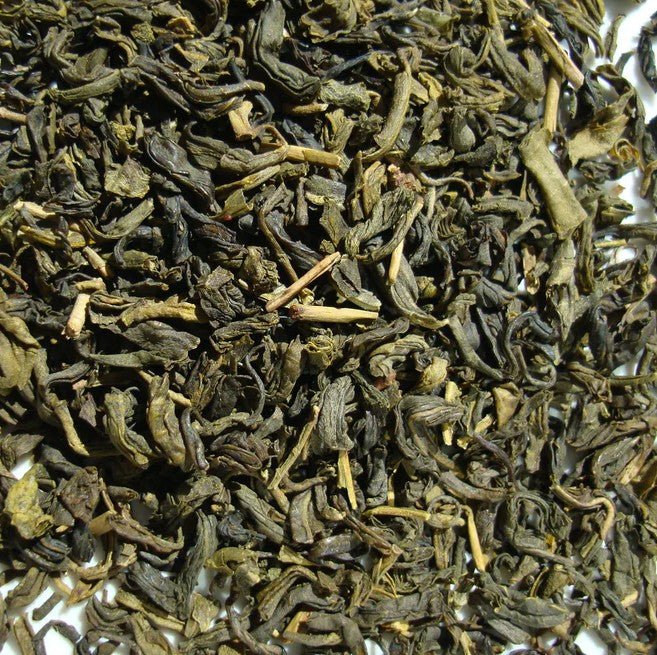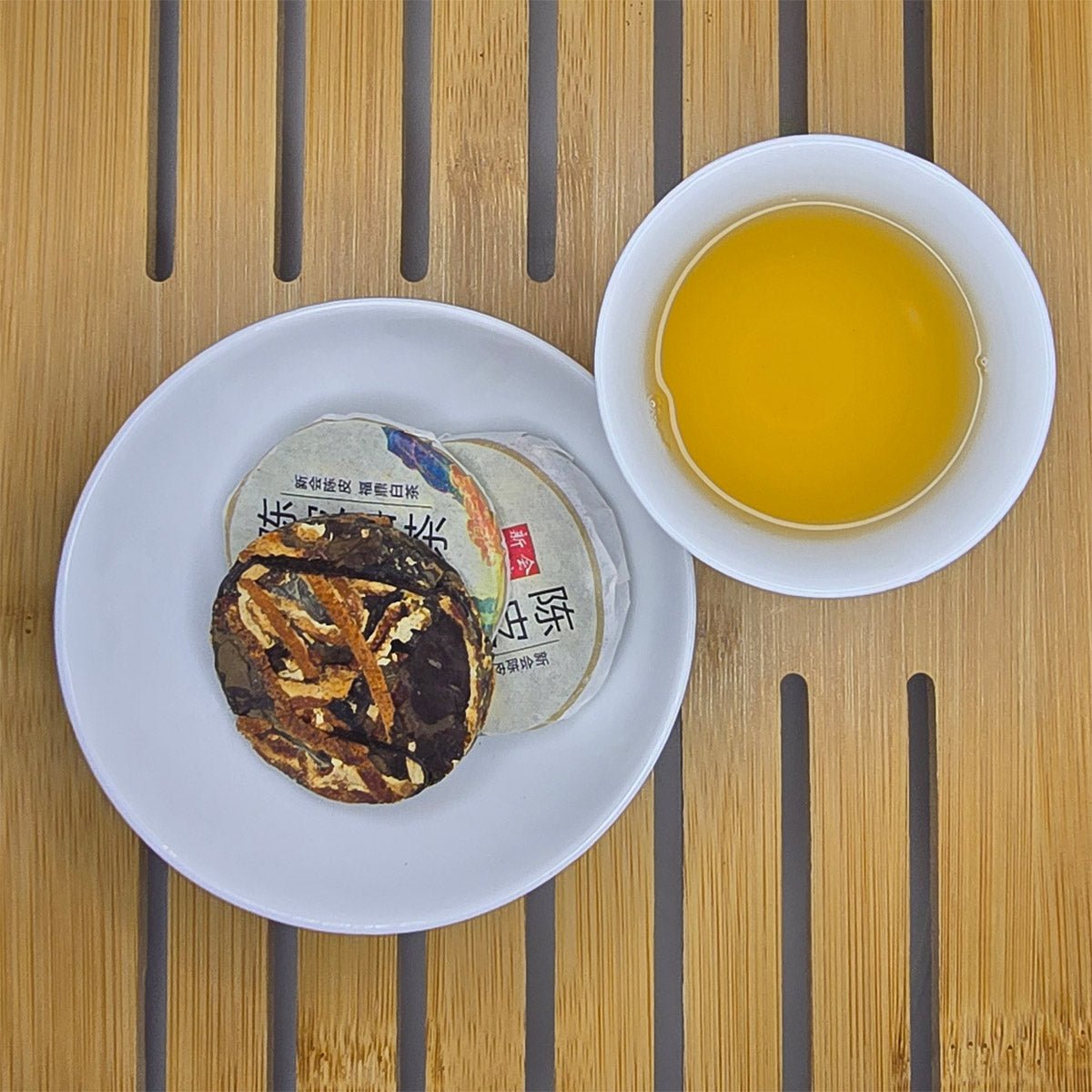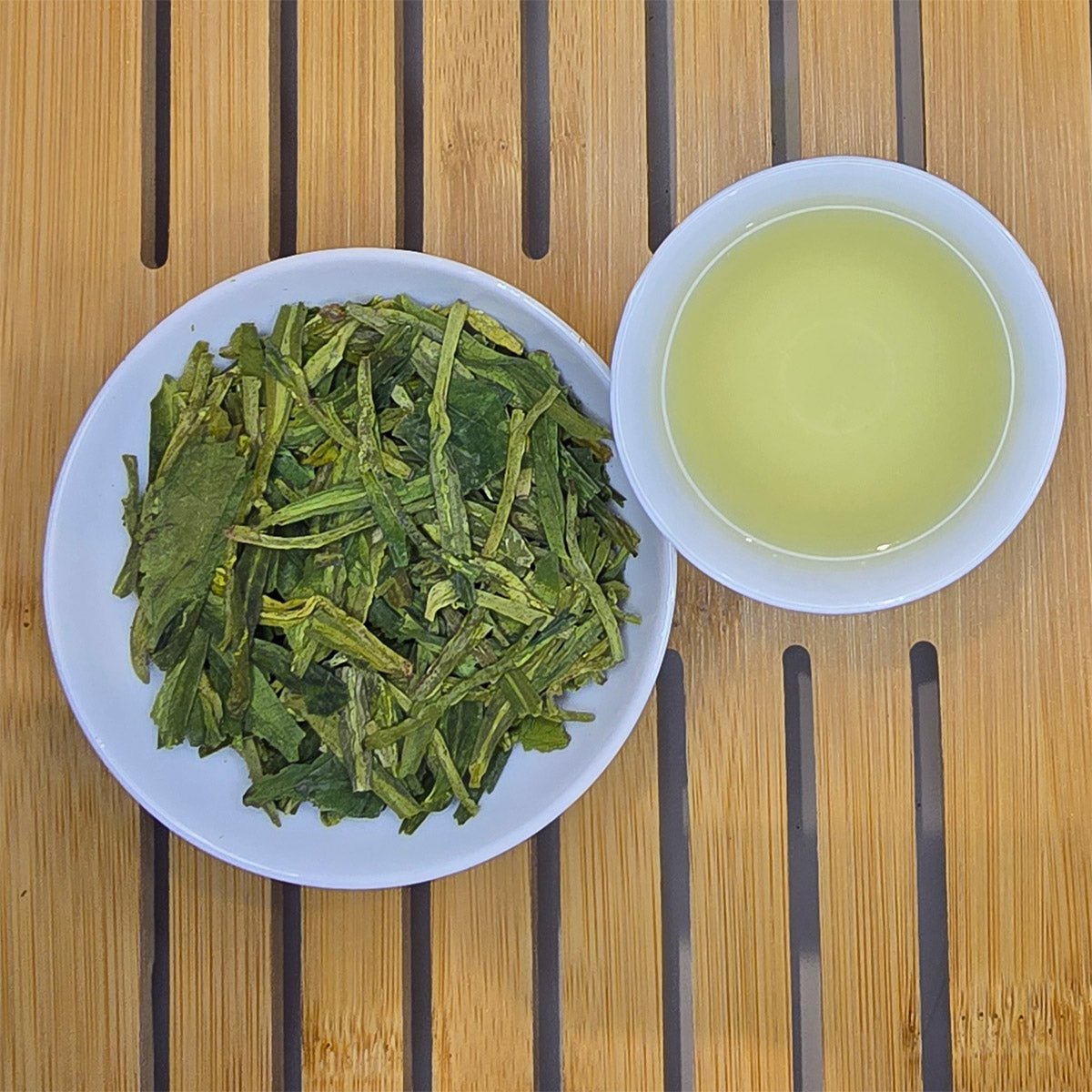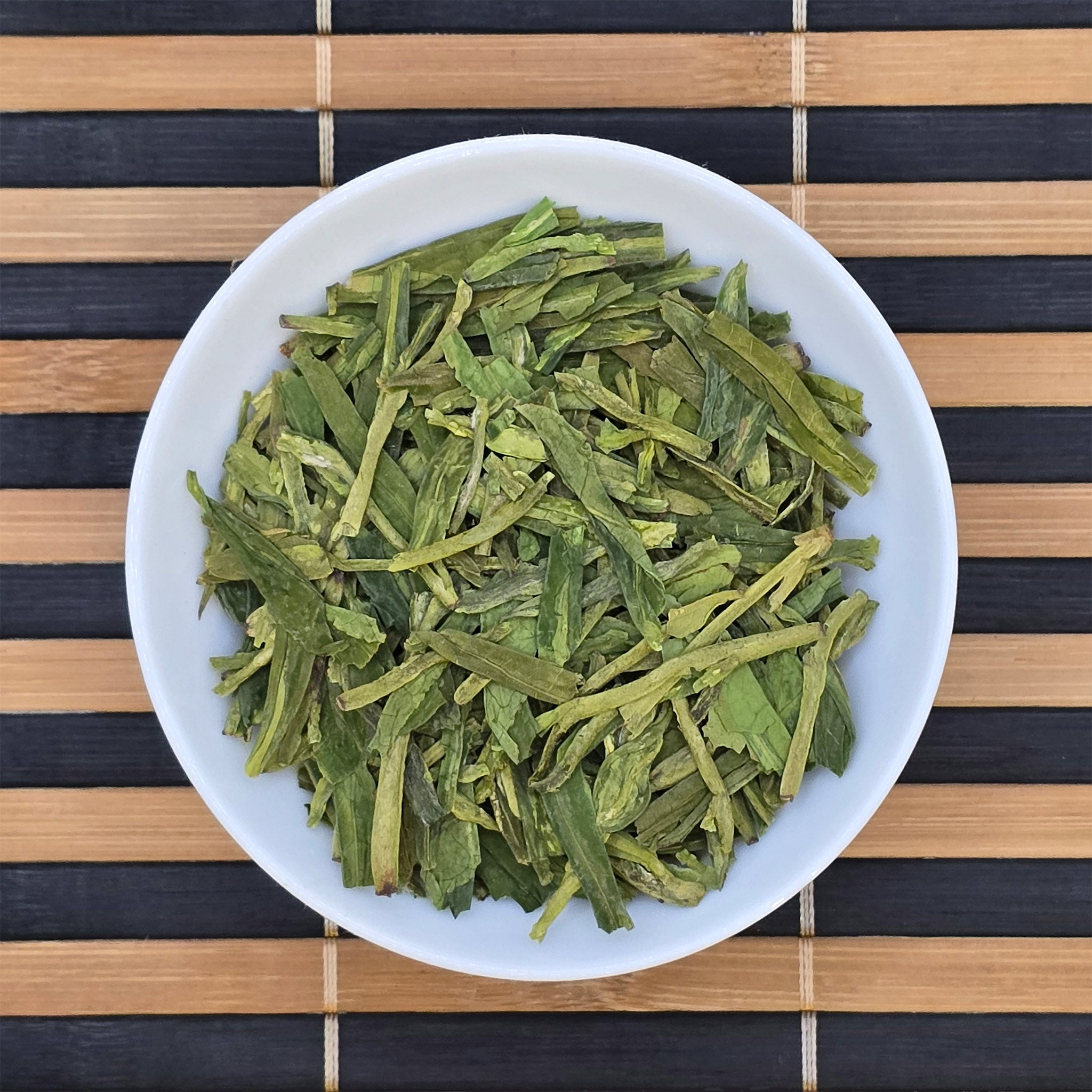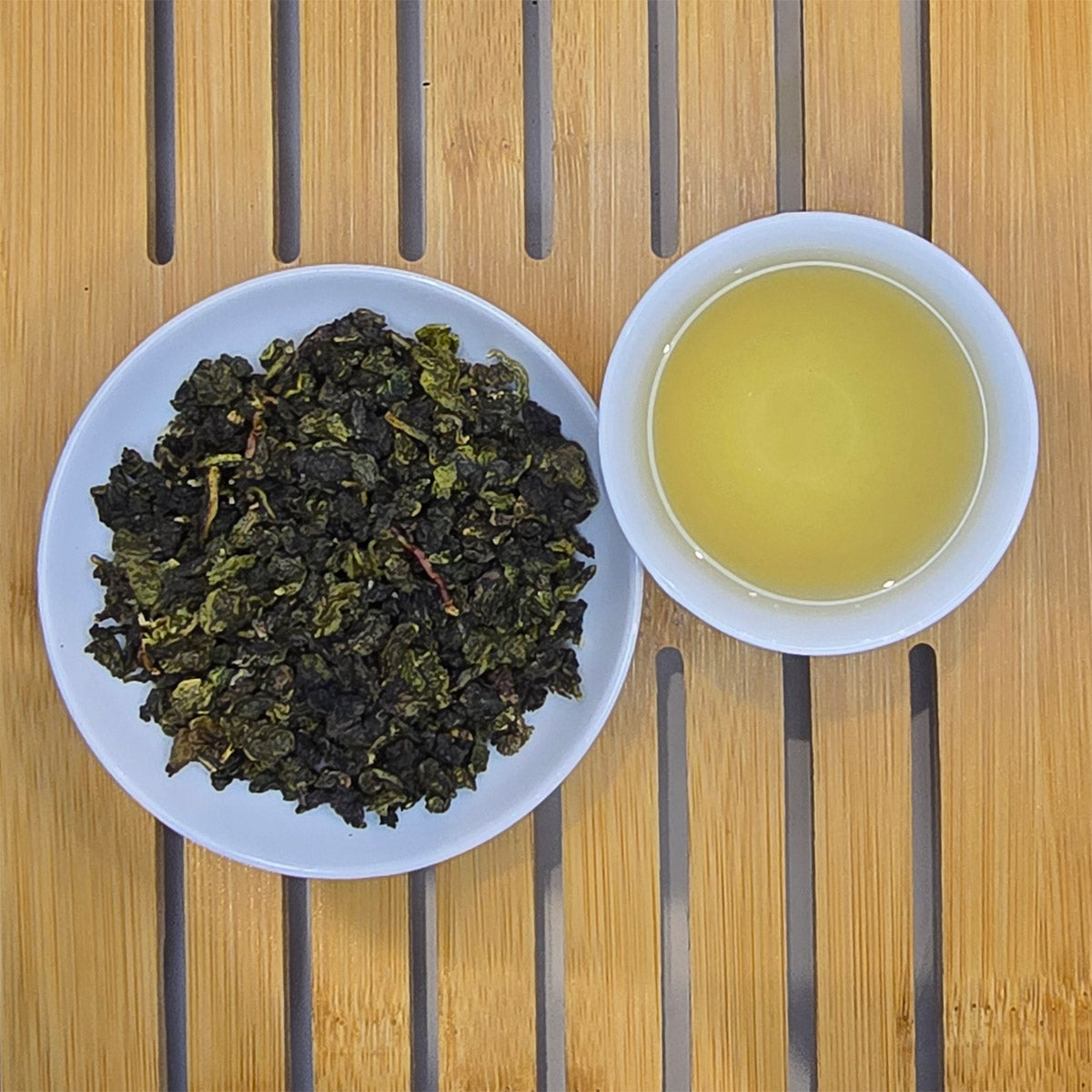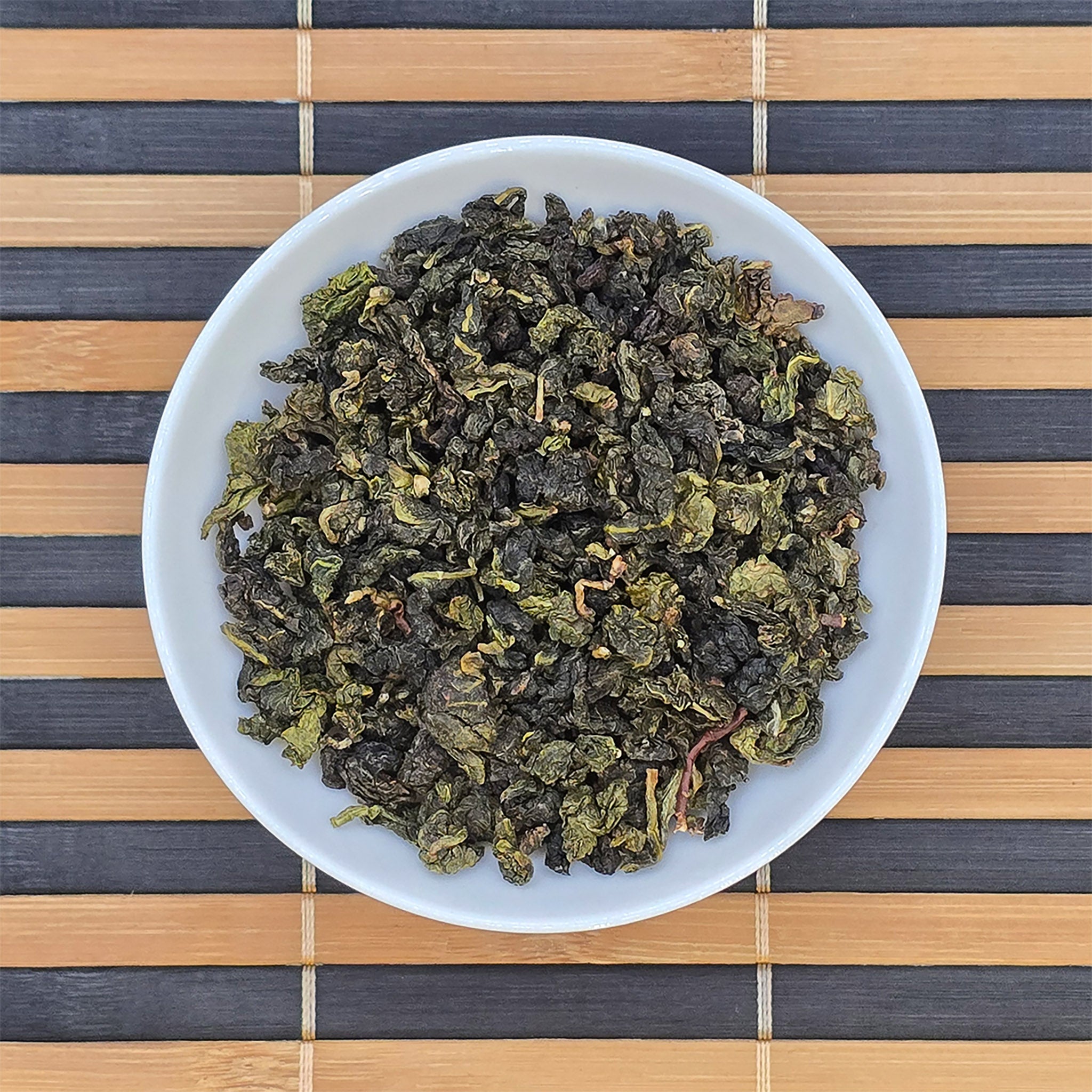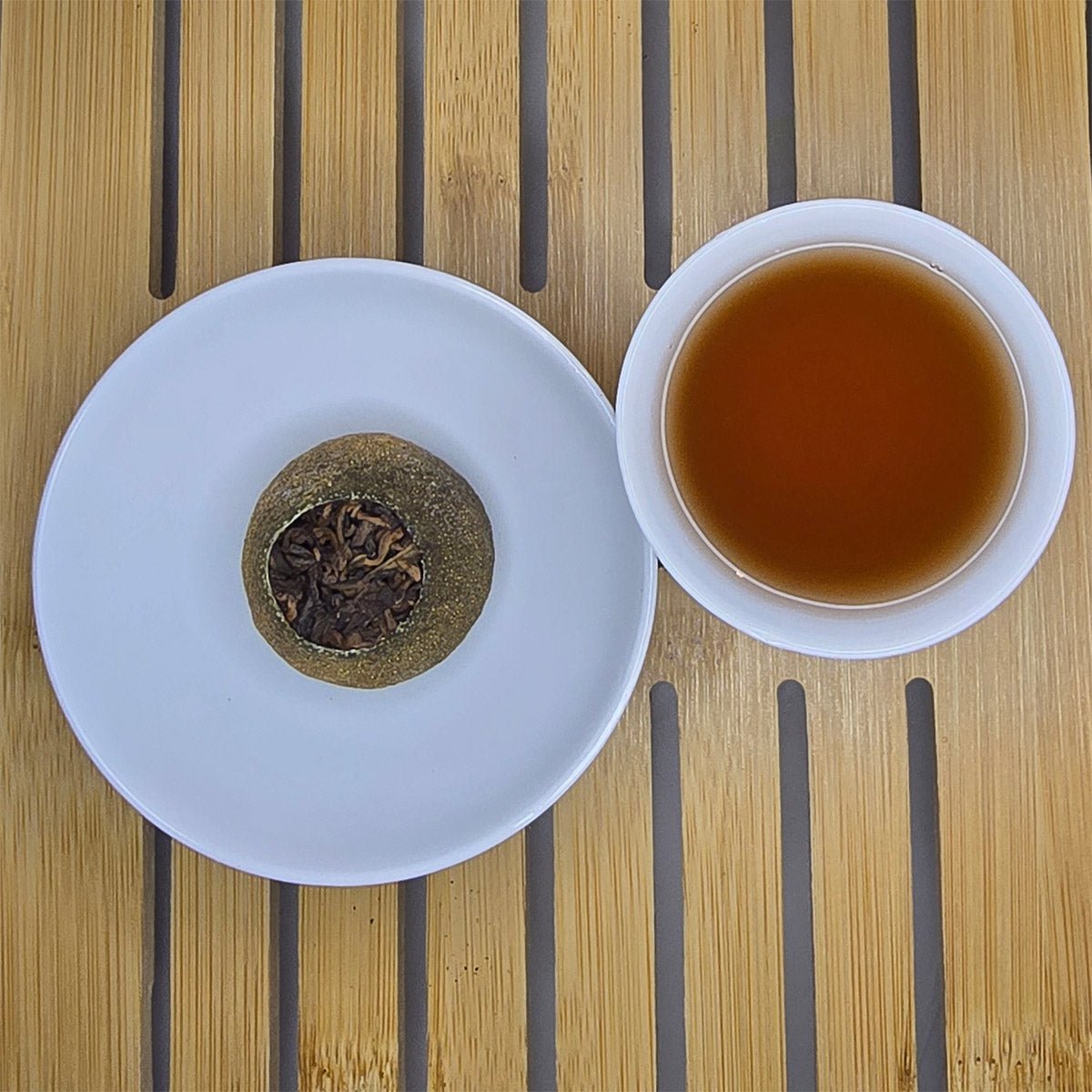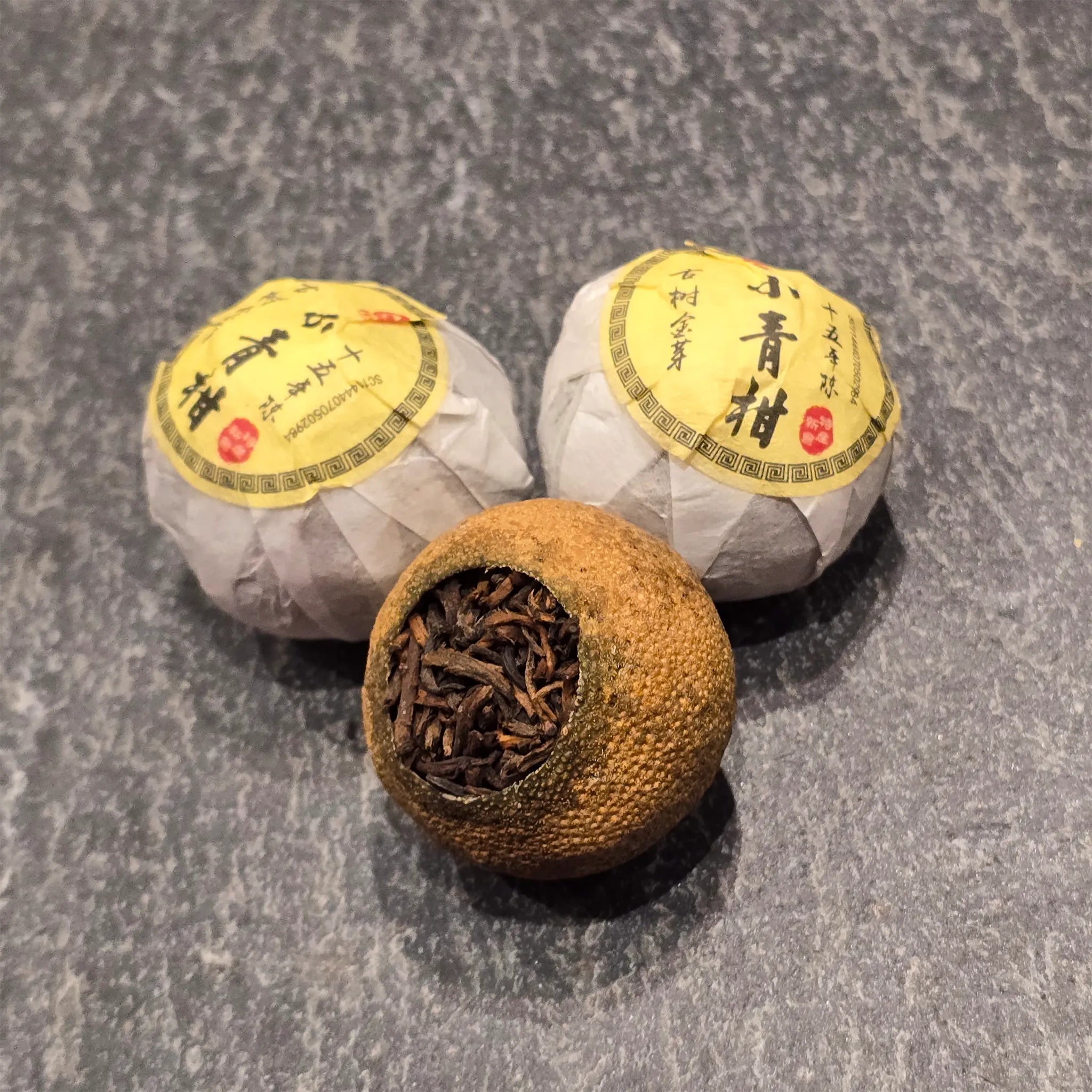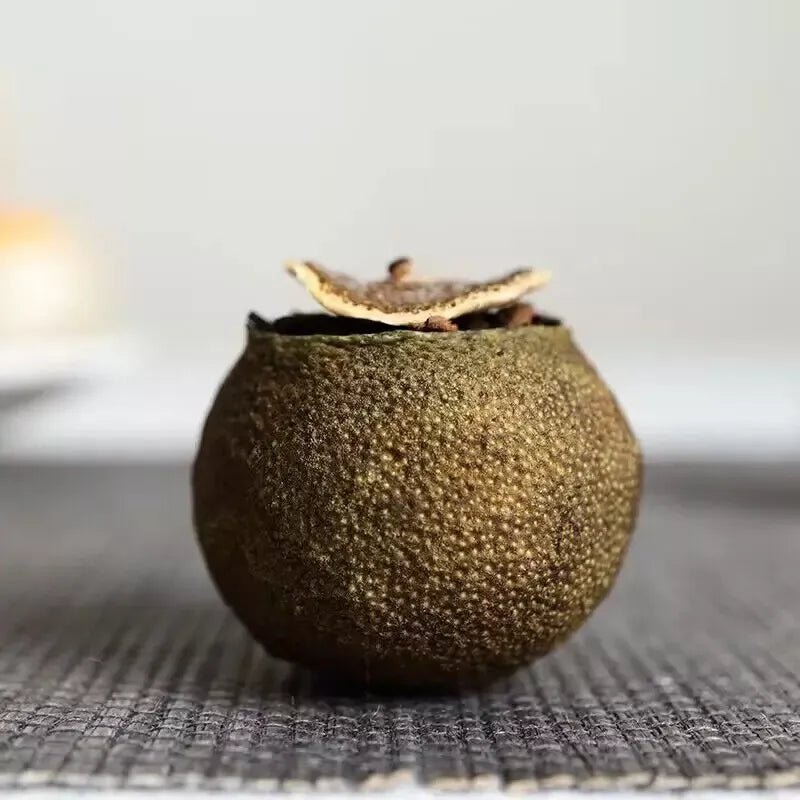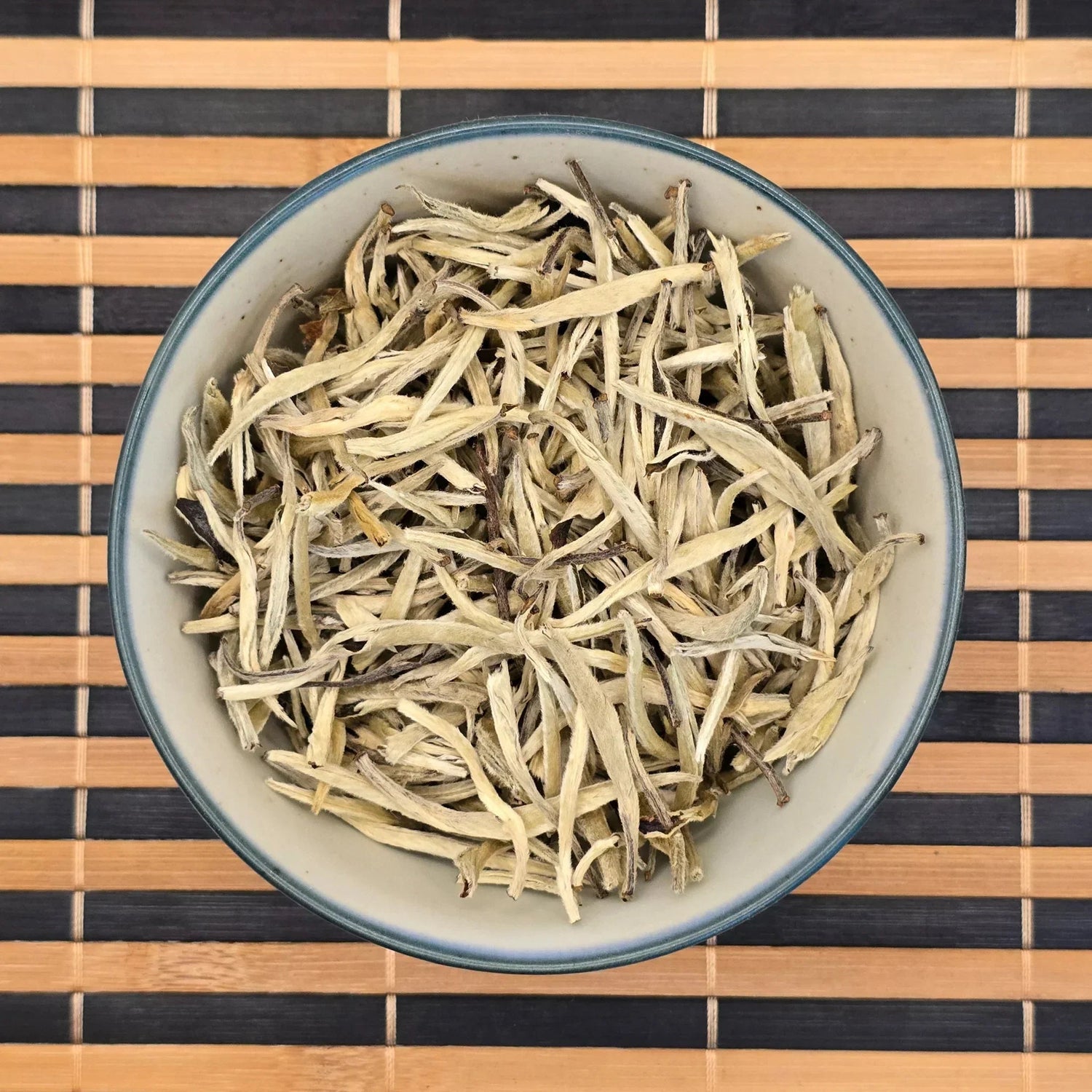The Alchemy of Water: Perfecting Tea with the Right Temperature and Mineral Balance
Water isn’t just a solvent—it’s a subtle yet vital ingredient that dramatically influences flavour, aroma, colour, and mouthfeel. Its mineral content, pH, oxygen level, and temperature all play crucial roles in determining the final quality of your favorite cuppa.

1. Water Type: Soft, Hard, or Spring Water
Mineral Balance Matters
- Soft water (low in calcium and magnesium) allows the full spectrum of tea flavours to shine. delicate floral notes in green/white teas and refined aromatics in oolong, without dullness or harsh metallic overtones.
- Hard water, abundant in minerals, often inhibits flavour extraction, creating weaker taste, cloudiness (“tea scum”), and even a chalky texture.
- Spring water strikes an ideal balance, naturally filtered through stone and rich enough in trace minerals to bring out sweetness and roundness, without overwhelming delicate profiles.
Practical Tips
- For hard tap water regions, consider using a softener or filter, or switch to bottled spring water.
- If you already enjoy soft/baby water, you’re well on your way.
- Experiment! Especially with Japanese/Chinese green teas, where subtlety reigns, switching water types can yield surprising umami or vegetal highlights.
“Spring water is the best, river water is second, and well water is the worst - a reminder that not all water is created equal"
2. Temperature: Unlocking Each Tea’s Potential
While temperature often takes center stage, it’s tightly interwoven with water type. Here’s why:
- Oxygen content is highest in cold, fresh water; reboiling depletes it, flattening flavours.
- Different teas require different temperatures to release their best profiles:
- White & green teas: 70–85 °C (158–185 °F) to avoid bitterness.
- Oolongs: 85–95 °C, to balance floral aromas with complexity.
- Black, puerh, herbal: Near boiling (100 °C) to unlock depth and robustness.
A Simple Approach:
- Use fresh, cold water each time to maintain oxygenation.
- Heat it to the recommended temperature, then pour immediately; don’t let it sit and lose heat or oxygen.
- Match the temperature to the tea type to avoid over-extraction, bitterness, or flatness.
3. How Great Tea’s Collection Benefits from Water Optimisation
Here’s how different teas from Great Tea respond to water type and temperature:
A‑Grade Matcha Green Tea
- Needs soft, slightly alkaline water, ideally spring water, heated to around 80 °C.
- Results in bright green liquor, vibrant umami, without grassy bitterness.
- Cloud Mist & Longjing Green Teas
- Ultra-sensitive: benefit most from soft or lightly mineralised water.
- Brew around 75–80 °C to preserve delicate chestnut and misty sweet notes.
Chinese Milk Oolong & Taiwanese Jin Xuan
- Semi‑oxidised oolongs thrive with soft spring water at ~90 °C, enhancing creamy, orchid-like complexities.
Peach Oolong Tea
- Flavoured tea pairs wonderfully with soft water; it adds fruity clarity without dulling fragrance.
Pu’er (e.g. Pu’er Tea Oranges, Fuzi Aged Yunnan)
- Robust teas can handle mineral-rich water or even filtered tap water near boiling (~98–100 °C) to amplify earthiness and tang.
White Teas (Gongmei, Three Treasures)
- Use soft, low-mineral water at low temperatures (70–80 °C) to highlight citrus and delicate aged notes without cloudiness.
4. Brewing Guide Summary Table
| Tea Type | Ideal Water Type | Temp Range | Why It Matters |
|---|---|---|---|
| A‑Grade Matcha, Green Teas | Soft / Spring | 75–85 °C | Bright colors, nuanced flavor |
| Cloud Mist, Longjing | Soft > filtered tap | 75–80 °C | Preserves delicate aromas |
| Oolongs (Milk, Peach, etc.) | Soft Spring | 85–95 °C | Optimizes floral/oaky notes |
| Pu’er / Black / Herbal | Filtered tap / spring | 95–100 °C | Maximises boldness & depth |
| White Teas (Gongmei, Chen Pi) | Soft / Spring | 70–80 °C | Prevents cloudiness, preserves subtlety |
5. Practical Recommendations
- Assess your tap water: find your local water hardness, or simply taste boiled vs bottled.
- Use soft or lightly mineralised spring water if you want maximum clarity and floral brightness.
- Maintain freshness, never reuse boiled or old water (Great Tea!, English Tealeaves, Great Tea!, Simply Recipes, Backyard Brew).
- Match temperature precisely to each tea’s needs.
- Don’t hesitate to experiment with mineral levels—a touch of hardness can enhance certain pu’erh or black teas.
6. Bringing It All Together
Selecting the right water type and temperature transforms tea from routine to revelation. At Great Tea, our curated collection, from crisp whites to bold pu'erh, is best enjoyed when you tailor water to each blend:
- Access every floral whisper, creamy note, muscatel nuance, and earthy depth.
- Understand that the same tea can taste dramatically different with different water.
Final Thoughts
Tea brewing is a craft of both art and science. Water is a silent collaborator. By controlling its mineral profile and temperature, you shine a light on every leaf’s personality. Taste becomes more vivid, aroma richer, and experience richer.
At Great Tea, we invite you to explore our teas with intention. Start with simple experiments: compare your tap water to a soft spring water, brew the same tea at two different temperatures, and taste the difference. Share your observations in our community, let’s enjoy the journey together.


